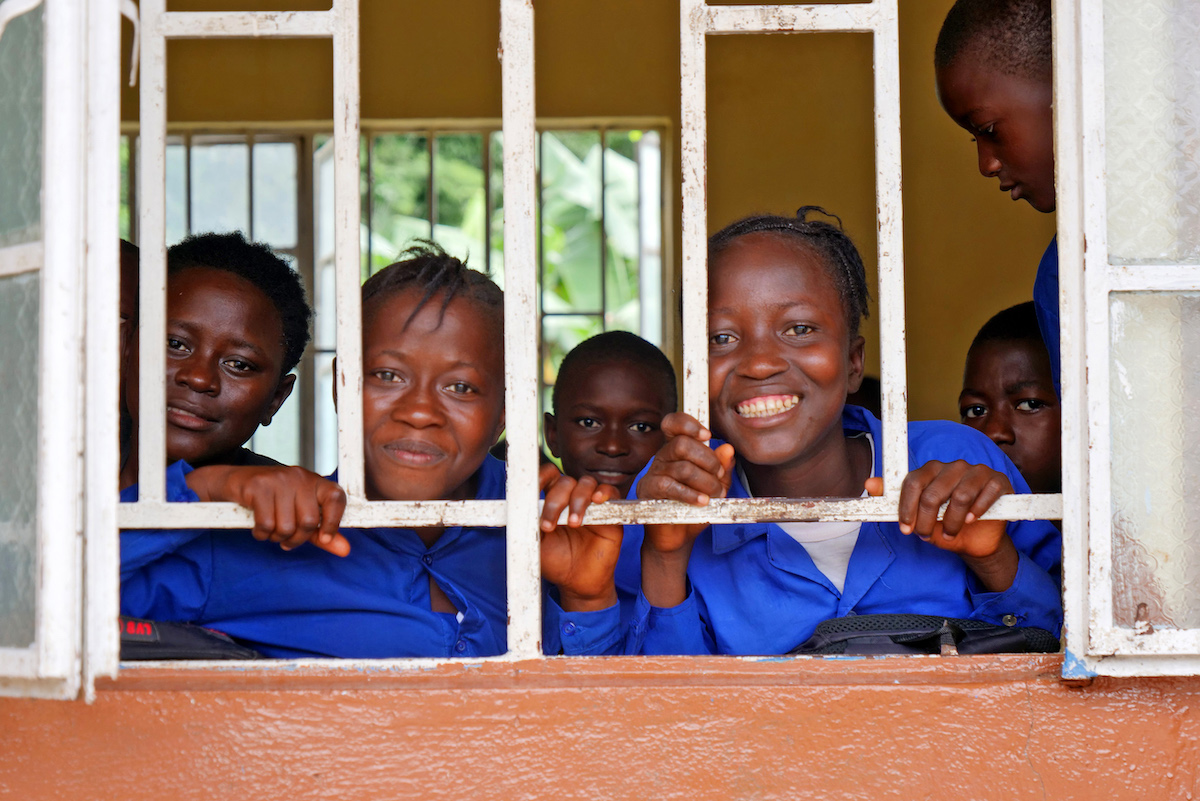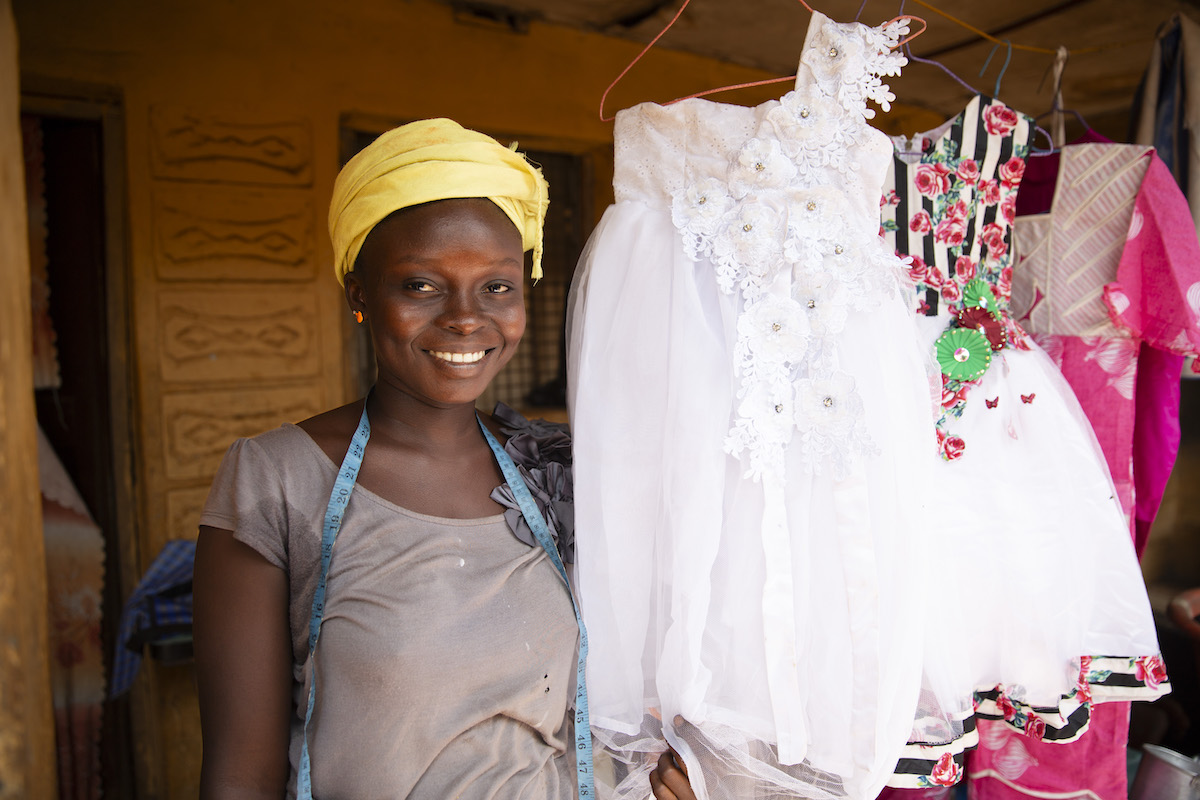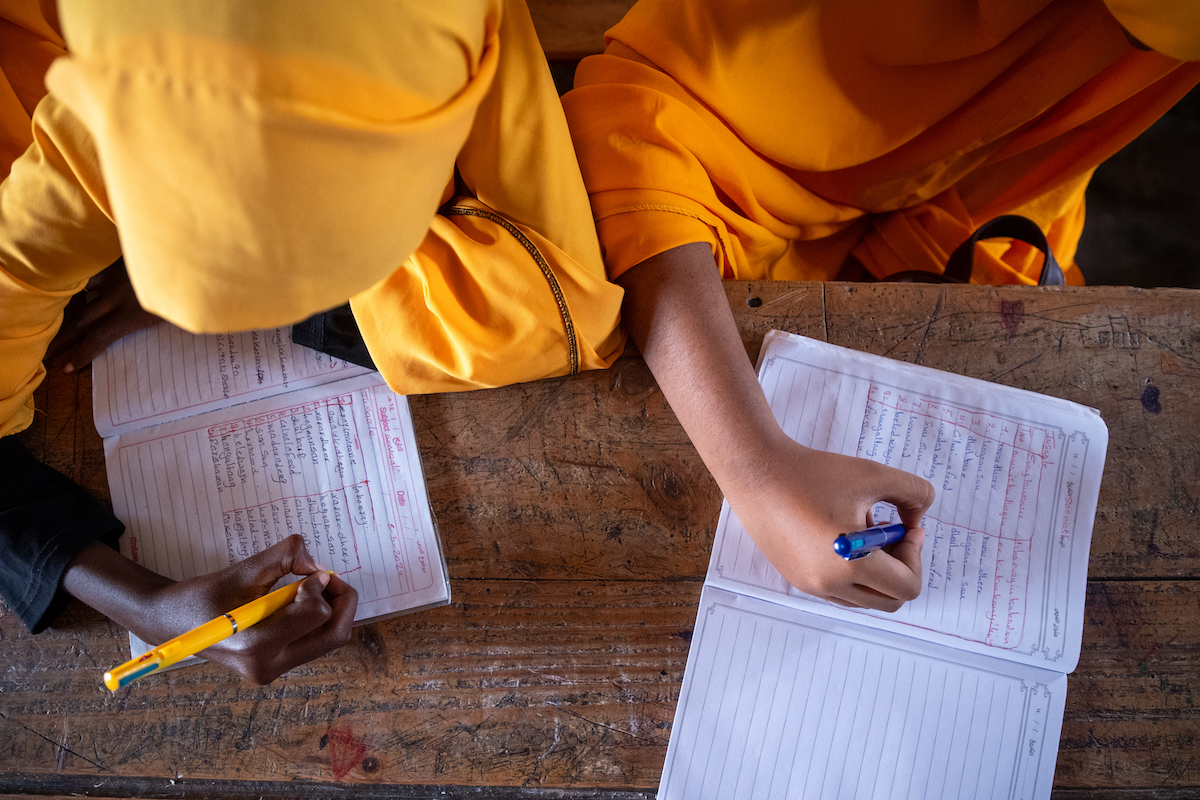News
When conflict meets the classroom: How does war affect education?
The consequences of conflict meeting the classroom.
Read MoreMany kids in the US head back to school this month. However, 250 million children around the world will be left out of the classroom. Revised for 2024, here are ten of the biggest problems facing education around the world.
Education can help us end poverty. It gives kids the skills they need to survive and thrive, opening the door to jobs, resources, and everything else that they need to live full, creative lives. In fact, UNESCO reports that if all students in low-income countries had just basic reading skills, an estimated 171 million people could escape the cycle of poverty. And if all adults completed their secondary education, we could cut the global poverty rate by more than half.
So why are 250 million children around the world currently out of school? We aren’t at a loss for reasons after the last few years. Here are the top ten problems facing education in 2024.
Conflict is one of the main reasons that kids are kept out of the classroom, with USAID estimating that half of all children not attending school are living in a conflict zone — some 125 million in total. To get a sense of this as a growing issue, in 2013, UNESCO reported that conflict was keeping 50 million students out of the classroom. Last year alone, 19 million children in Sudan were out of school due to renewed conflict.
Education is a lifeline during a conflict, protecting children from forced recruitment and potential attacks, while giving them a sense of normalcy in times that are anything but. It’s also a critical element in reducing the chance of future conflicts in certain areas. However, despite international humanitarian law, schools have become targets of attacks in many recent conflicts. Many parents have opted to keep their children at home as a result. However, these are not easy years to make up. According to UNESCO, the first two years of the Syria crisis erased all the country's educational progress since the start of the 21st century. Recovering these missed years also takes more time and effort, with many Syrian children requiring psychosocial care that hinders a "normal" learning curve. Unfortunately, as conflicts become more protracted, they are also threatening to create multiple lost generations.
Violence can also carry over into the classroom. One UN study found that, while 102 countries have banned corporal punishment in schools, that ban isn’t always enforced. Many children have faced sexual violence and bullying in the classroom, either from fellow pupils or faculty and staff.
Children will often drop out of school altogether to avoid these situations. Even when they stay in school, the violence they experience can affect their social skills and self-esteem. It also has a negative impact on their educational achievement. Concern has addressed this head-on in Sierra Leone with our Safe Learning Model.

Climate change is another major threat to education. Extreme weather events and related natural disasters destroy schools and other infrastructure key to accessing education (such as roads), and rebuilding damaged classrooms doesn’t happen overnight.
Climate change also affects children’s health, both physical and emotional, making it hard to keep up with school (and at times making it hard for teachers themselves to focus on delivering a quality education). With climate change linked so tightly to poverty, it also leads families to withdraw their children from school when they can no longer afford the fees or need their children to contribute to the household income.
In agricultural communities, the harvest is both a vital source of food and income. During these periods, children are often required to skip school to help their families harvest and sell crops. Sometimes they'll be out of school for weeks at a stretch. Families who make their living from farming may also have to move around if they have herds that graze, or to harvest crops planted in different areas. This is also disruptive for children and their education.

When governments are dysfunctional, public servants aren’t paid. That includes teachers. In some countries, teachers aren’t paid for months at a time. Many have no choice but to quit their posts to find other sources of income or are moved to other districts.
As a result, schools often struggle to find qualified teachers to replace those who have left. But, without qualified teachers in the classrooms, children suffer the most. In sub-Saharan Africa, the World Bank estimates that the percentage of trained teachers fell from 84% in 2000 to 69% in 2019 (with no updates yet as to how the pandemic may have affected these numbers). The World Bank adds that teachers in STEM are especially hard to come by in low-income countries.
Although many countries provide free elementary education, attending school still comes at a cost. Parents and caretakers often pay for mandatory uniforms and other fees. School supplies are also necessary. These costs alone can keep students out of the classroom.
According to UNICEF, adolescents are twice as likely to be out of school compared to younger children. Globally, that means one in five students between the ages of 12 and 15 is out of school. As children get older, they face increased pressure to drop out so that they can work and contribute to their family income.
One solution we’ve adopted at Concern is to help those who didn't complete their education learn many of the things they missed out on, including financial literacy, business management, and vocational skills.

In many countries around the world, girls are more likely to be excluded from education than boys. This is despite all the efforts and progress made in recent years to increase the number of girls in school. According to UNESCO, up to 80% of school-aged girls who are currently out of school are unlikely to ever start. For boys, that same figure is just 16%. This rate is highest in emergency situations and fragile contexts.
Many schools have no toilets (let alone separate bathrooms for boys and girls). This usually means more missed days for girls when they get their period: The World Bank estimates that girls around the world miss up to 20% of their school days due to period poverty and stigma.
Girls may also be pressured to drop out of school to help out their family, as we mentioned above with regards to taking a job. However, in many countries where Concern works, they may also be forced out of school to get married. Girls who enter into an early or forced marriage usually leave school to take care of their new families. According to the UN, 33% of girls in low-income countries wed before the age of 18. Just over 11% get married before the age of 15. In most instances, marriage and having children mean the end of a girl’s formal education.
We learned this the hard way with COVID-19. Even if the student body is healthy, they may be kept out of school if an epidemic has hit their area. Teachers might get sick, and families with sick parents may need their children to stay home and help out. Quarantines often go into effect.
The 2014-16 West African Ebola outbreak was a severe problem for education in countries like Liberia and Sierra Leone. Ebola put the education of 3 million children in these countries on hold. As a response, we worked with the governments of both countries to deliver lessons by radio. We also trained community members to work with small groups of children on basic reading and math. As schools reopened, we shifted our focus to helping children get back into classrooms safely, but many kids still had a lot of catching up to do.

Even if a child goes to school in the town where they were born and grew up their entire life, they may face a language barrier in the classroom between their mother tongue and the official lingua franca used in education systems. In Marsabit county, Kenya, the first language for most children is Borana. Once students start school, they must learn two new languages to understand their teachers: Swahili and English.
UNESCO estimates that 40% of school-aged children don’t have access to education in a language that they understand. This is especially difficult for students who have migrated to a new country, such as Syrian refugee children being hosted in Türkiye: Not only do they have to switch from Levantine Arabic to Turkish, but they also have to learn an entirely new alphabet.
This dovetails with literacy, another key issue in education. If a student struggles with reading (even in their mother tongue), it can have a ripple effect on their ability to learn in all other subjects. Many students drop out if they feel like they can’t keep up, either due to the quality of the teaching or to a special accommodation they need for their learning that can’t be made.
Concern’s work is grounded in the belief that all children have a right to a quality education. We integrate our education programs into both our development and emergency work to give children living in extreme poverty more opportunities in life and supporting their overall well-being. Our focus is on improving access to education, improving the quality of teaching and learning, and fostering safe learning environments.
We've brought quality education to villages that are off the grid, engaged local community leaders to find solutions to keep girls in school, and provided mentorship and training for teachers. Last year alone, we reached over 690,000 people with education programs across nine countries.